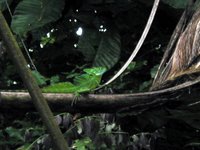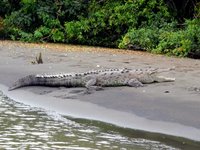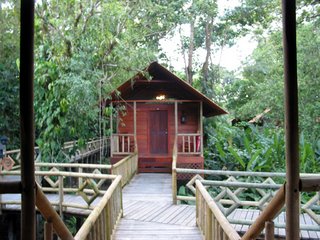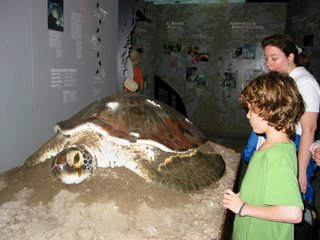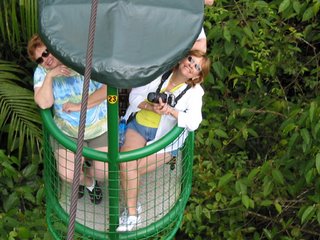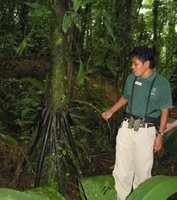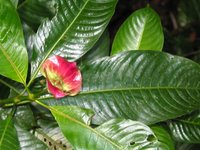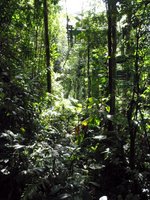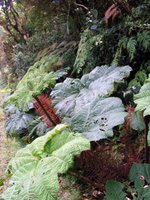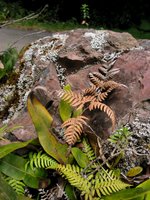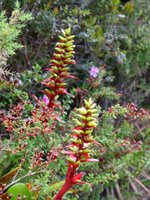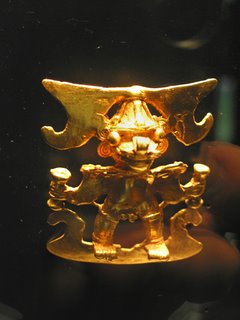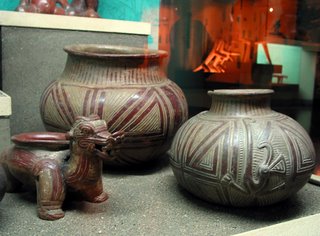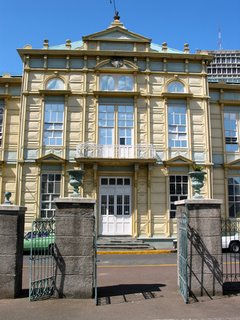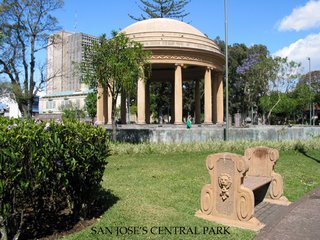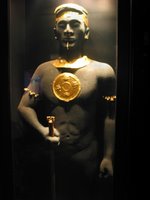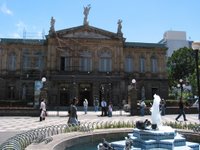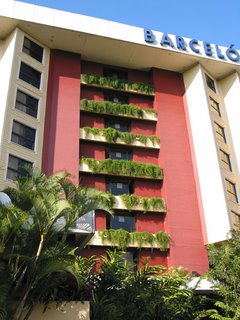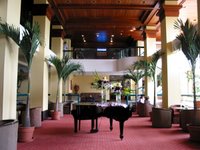Banana Plantation -Part 6
For some reason a lot of expressions have permeated our culture having to do with bananas. Going bananas, stepping on a banana peel, a banana republic (either a small Latin American country or a trendy clothing store), second banana, Chiquita banana are all terms we're familiar with. Why there's even a banana museum!
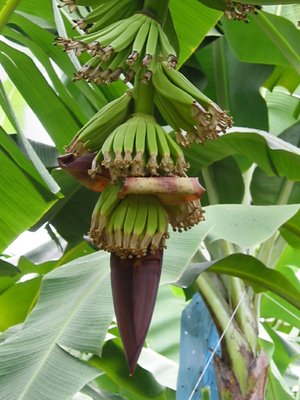 One of the first fruits we feed our kids is the banana. It is purported to have all sorts of health benefits. Bananas are rich in vitamin B6 and they are a good source of fiber, vitamin C, magnesium and potassium. Wow, can you think of anything better than a banana split? On this trip I even learned to enjoy fried plantains...a type of banana.
One of the first fruits we feed our kids is the banana. It is purported to have all sorts of health benefits. Bananas are rich in vitamin B6 and they are a good source of fiber, vitamin C, magnesium and potassium. Wow, can you think of anything better than a banana split? On this trip I even learned to enjoy fried plantains...a type of banana.Do you ever think about how they're grown? I had a vague idea but loved seeing an actual banana plantation. They're not actually grown on trees, it's more like a stalk that only bears fruit once. It's cut down and and a sucker grows for the next crop. The bananas are covered with plastic bags to protect them from insects while they ripen.
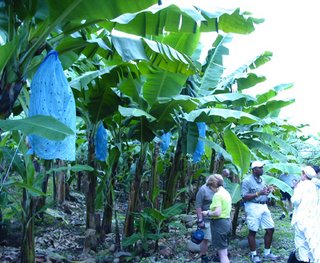 The farm we visited was run by Del Monte and they went to great lengths to ensure all the critters were cleaned off before they were boxed and shipped off to our supermarkets. Unfortunately we visited on a Sunday so we didn't see the actual operation at work. I do know I have a new appreciation for what it takes to put that banana into my cereal in the morning.
The farm we visited was run by Del Monte and they went to great lengths to ensure all the critters were cleaned off before they were boxed and shipped off to our supermarkets. Unfortunately we visited on a Sunday so we didn't see the actual operation at work. I do know I have a new appreciation for what it takes to put that banana into my cereal in the morning.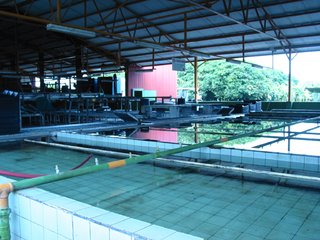

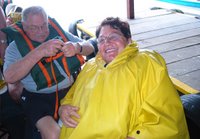 and because it was raining, a slicker. Here's John strapping on his life jacket and me looking like a 200 lb. canary in my slicker. We learned it rains 180 inches a year here, in Las Vegas, it rains less than 4" per year. We saw snowy egrets, great egrets, chestnut mandible toucans, great blue
and because it was raining, a slicker. Here's John strapping on his life jacket and me looking like a 200 lb. canary in my slicker. We learned it rains 180 inches a year here, in Las Vegas, it rains less than 4" per year. We saw snowy egrets, great egrets, chestnut mandible toucans, great blue 
